
No, that kind!
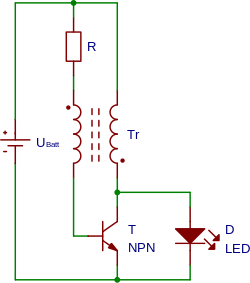
A joule thief is a circuit that pulls as much energy out of a battery is possible, by slowly adding energy into an inductor (to be stored in its magnetic field) and then pulsed out into an LED suddenly when it reaches a threshold.
I wanted to use photodiodes as the energy source, however.
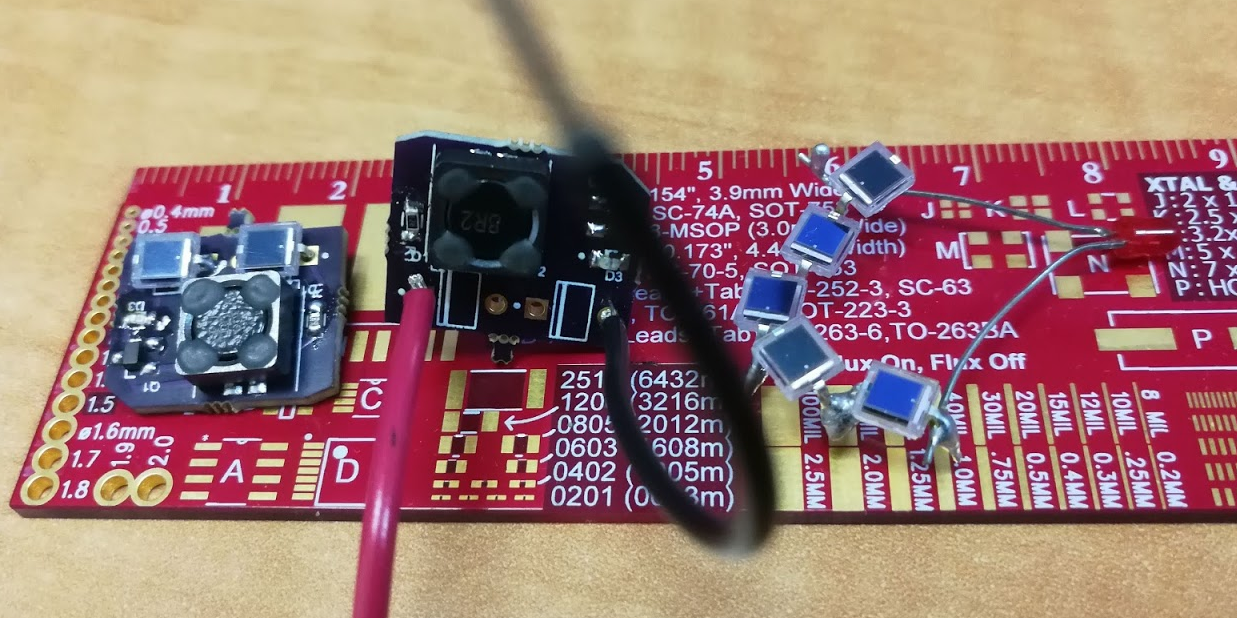
On the right, I stacked up some BPW34 / BW34 photodiodes, (ab)using them as solar cells until they could very slightly light up an LED while directly against some extremely bright indoor lights.
Each cell is about 0.24v open circuit voltage, so I totally guessed and tossed two of them in series on a board.
One more spin on the concept is that I used a surface mount coupled inductor. Honestly not sure how that's going to go, most examples out there are huge toroids and I just don't want that.
Also used a MOSFET instead of BJT, because, efficiency?
With a 5k resistor, it seems to just turn on at 0.55v. It seems to be pulsing slightly, as it should, but it's hard to tell without digging out the oscilloscope, and that's too much work for today. I'm still not convinced it's not powering the LED directly through the inductor, though.
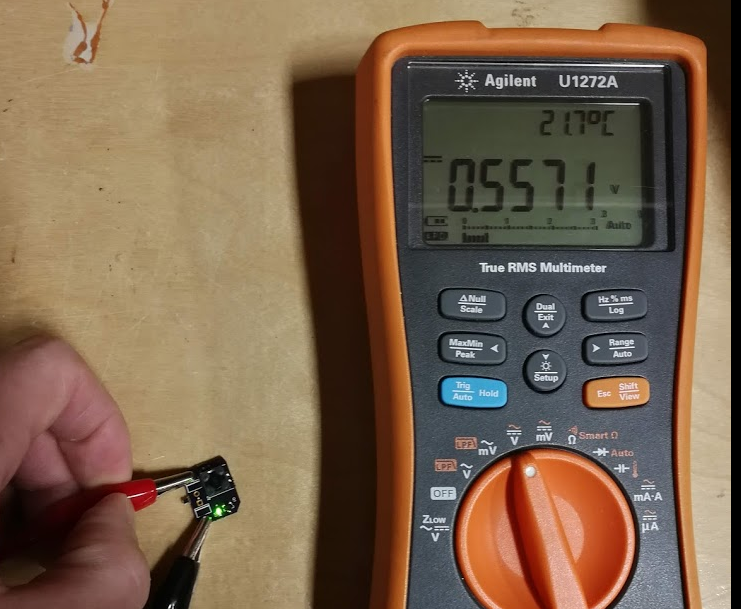
With a 1.3k resistor in there instead, it turns on at closer to 0.47v.
Soldering on the photodiodes, nothing happens in the dim indoor light. I'll check it out again when there's sunlight in, oh, about three months.
Behold, the schematic and PCB that took maaaaybe twenty minutes to lay out, as fast as humanly possible. That's why nothing is straight!
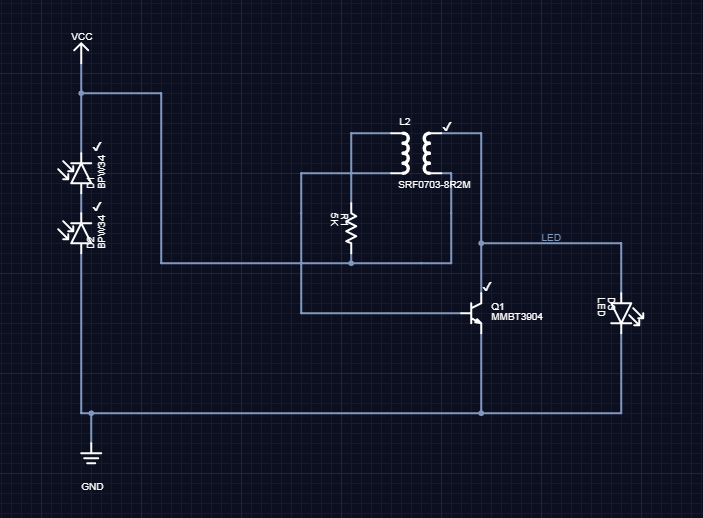
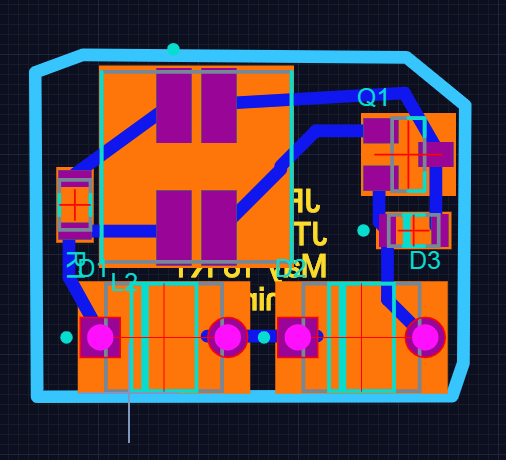
For posterity, I tried to find the most efficient parts possible for this design.
LED: Digkey 475-2709-1-ND
MOSFET: RUJ002YNTCLCT-ND
Inductor: SRF0703-8R2M
So... I also have some proper toroids coming, just to see if they work. I'm open to suggestions for other components/values to play around with.
 Jarrett
Jarrett
Discussions
Become a Hackaday.io Member
Create an account to leave a comment. Already have an account? Log In.
I've never seen a thorough analysis of the efficiency of this type of blocking oscillator converter. There's only three nodes in the circuit (apart from the supplies), so you could capture a complete picture of the voltages with a 4-channel scope.
Wait. I'm going to stop myself before I get pulled into a compulsive optimization effort.
Are you sure? yes | no